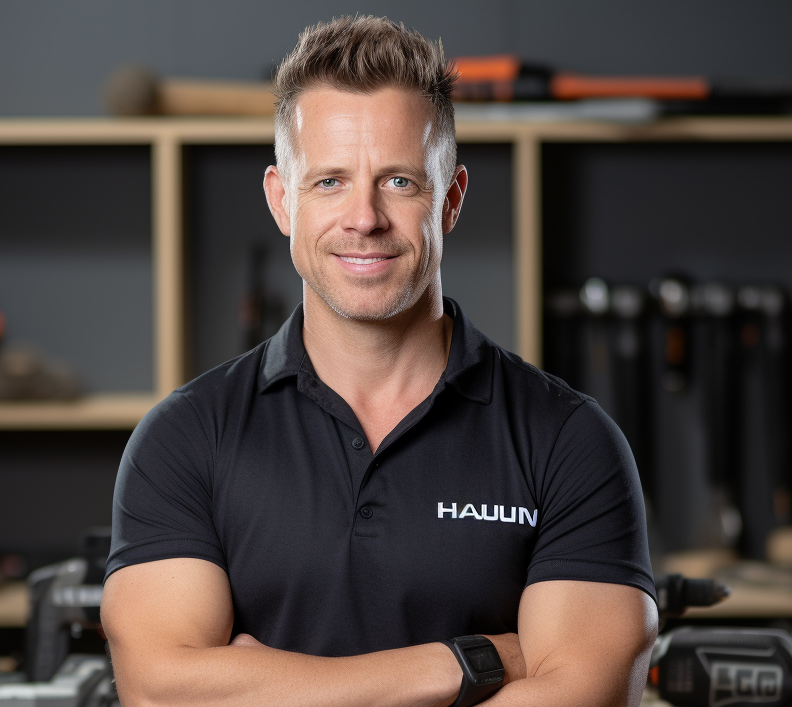Installing a Smart Home System: Turning Your House into a Smart Haven
In the era of advanced technology, turning your house into a smart home has never been more accessible or beneficial. With a smart home system, you can enhance convenience, security, and energy efficiency. In this guide, we'll walk you through the process of selecting and installing smart home devices to create a truly connected living space.
Assess Your Needs and Priorities
Before diving into the world of smart home technology, take some time to identify your specific needs and priorities. Are you primarily interested in enhancing security, automating daily tasks, or optimizing energy usage? Understanding your goals will help you choose the right devices for your home.
Select a Smart Home Ecosystem
Smart devices often work best when they're part of a cohesive ecosystem. Popular options include Amazon Alexa, Google Assistant, and Apple HomeKit. Choose one that aligns with your existing devices or personal preferences.
Smart Lighting: Set the Mood and Save Energy
Upgrade your lighting with smart bulbs or switches. These allow you to control brightness and color temperature, create schedules, and even set lighting scenes to match different moods or activities.
Smart Thermostat: Achieving Comfort and Efficiency
A smart thermostat allows you to optimize your heating and cooling systems for both comfort and energy savings. Control temperatures remotely, create custom schedules, and receive energy usage insights.
Smart Security Systems: Protecting Your Home
Enhance the security of your home with smart cameras, doorbell cameras, and smart locks. These devices provide real-time monitoring, activity alerts, and remote access for added peace of mind.
Smart Sensors: Enhancing Safety and Efficiency
Motion sensors, door/window sensors, and water leak detectors can alert you to potential issues and trigger automated responses. For example, lights can turn on when motion is detected, or a water leak can trigger an alert to your phone.
Smart Plugs and Outlets: Control Non-Smart Devices
Transform non-smart appliances into smart ones with smart plugs. These allow you to remotely control and schedule devices like lamps, fans, and coffee makers, contributing to energy savings.
Smart Home Hubs: Centralized Control
Consider investing in a smart home hub to centralize control of your devices. A hub can streamline communication between different devices and provide a unified interface for managing your smart home.
DIY Installation vs. Professional Installation
While many smart devices are designed for easy DIY installation, some may benefit from professional setup, especially for more complex systems. Consider your comfort level with technology and elect to hire a professional if needed.
Test and Fine-Tune Your System
After installation, take the time to thoroughly test and fine-tune your smart home system. Ensure that all devices are functioning as expected and that they're integrated seamlessly into your daily routines.
By carefully selecting and installing smart home devices, you'll transform your house into a smart haven that enhances convenience, security, and energy efficiency.

Home Improvement Guru




